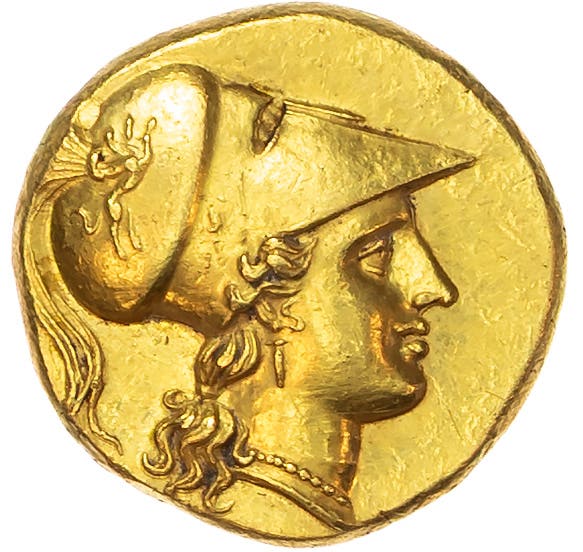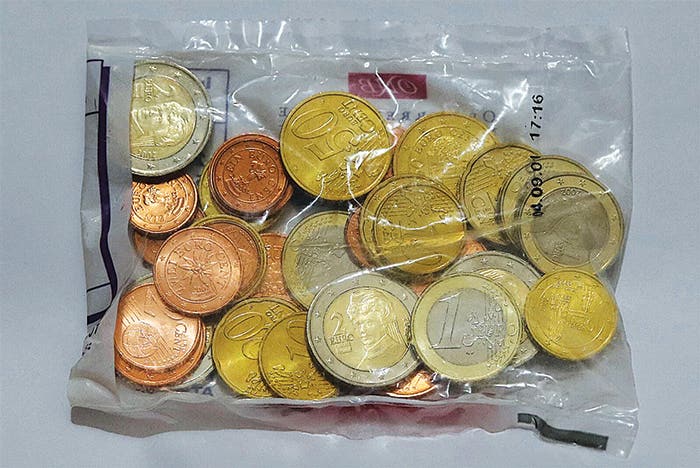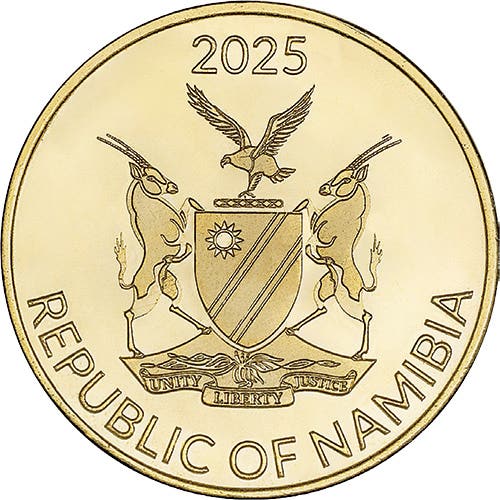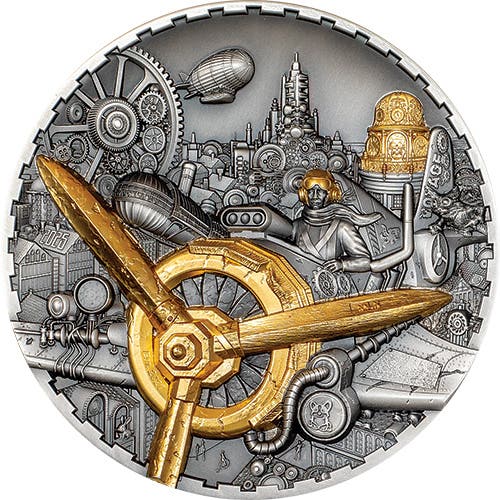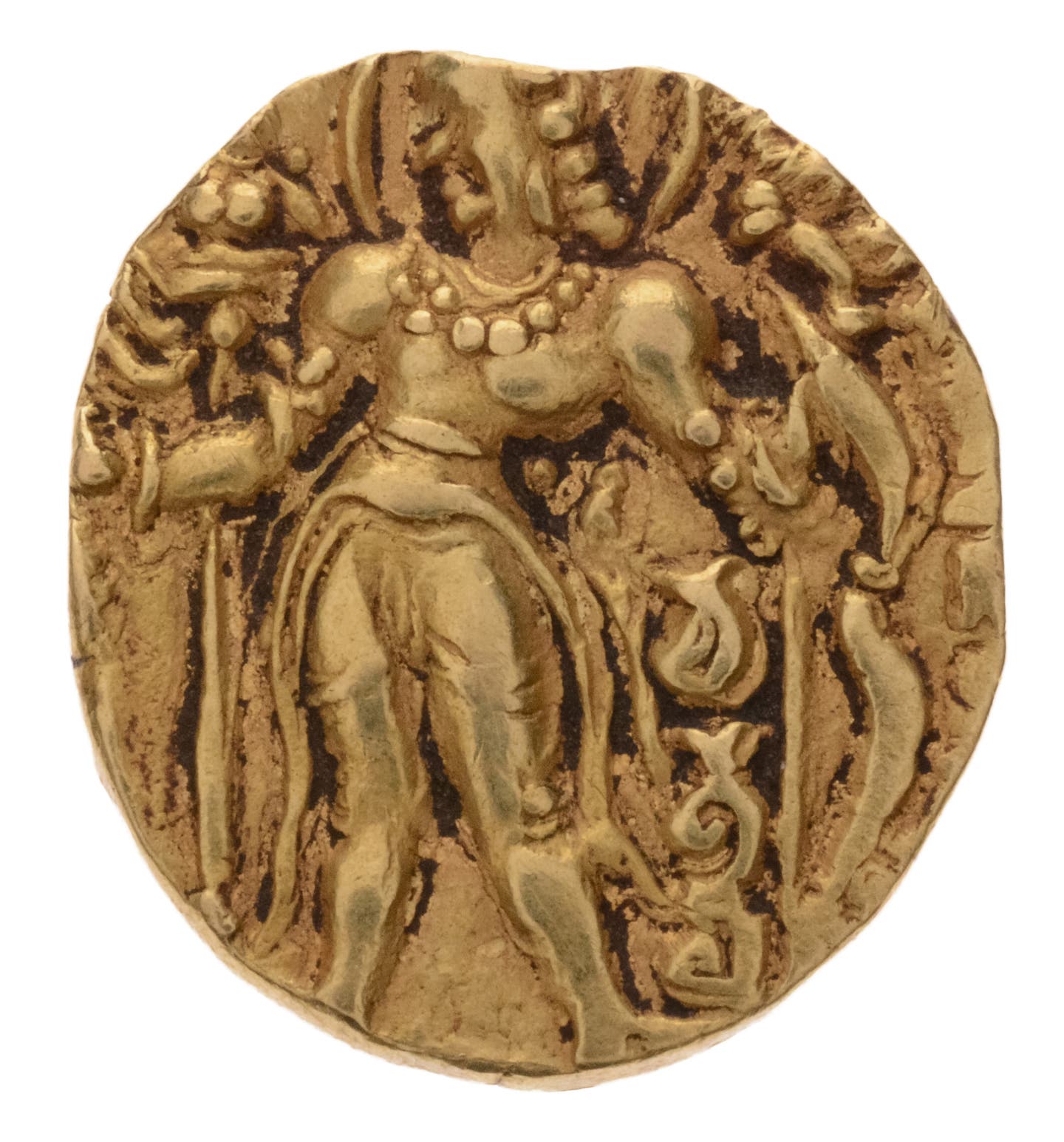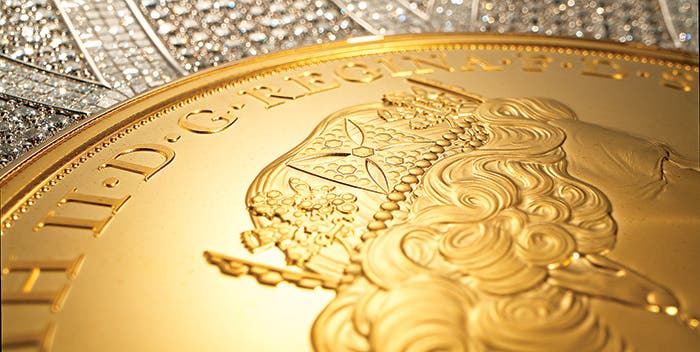Did new quarter design circulate in 1916?
There is really no doubt that the 1916 Standing Liberty quarter ranks as one of the truly great coins of the 20th century, thanks in large part to a mintage of just 52,000 pieces and the fact that it was the first Standing Liberty quarter. Despite the fact that it was a product of the 20th century, it is an interesting coin. Even with all the study over the years, there are still a few questions we seem unable to answer, at least to everyone’s satisfaction.
There is really no doubt that the 1916 Standing Liberty quarter ranks as one of the truly great coins of the 20th century, thanks in large part to a mintage of just 52,000 pieces and the fact that it was the first Standing Liberty quarter.
Despite the fact that it was a product of the 20th century, it is an interesting coin. Even with all the study over the years, there are still a few questions we seem unable to answer, at least to everyone’s satisfaction. For coins of the past century, this is unusual.
One of the interesting points regarding the 1916 Standing Liberty quarter is that we are not even sure it reached circulation in 1916, which is also unusual. But we know that well into December of that year they were still trying to agree on the new design. We know there had already been Barber quarter mintages and that no effort was made to produce the new Standing Liberty quarter in either Denver or San Francisco in 1916 as it was already too late to have the dies shipped and begin production.
Based on its 52,000 mintage, the Standing Liberty quarter was ready so late that even Philadelphia was barely able to produce any in 1916. If anything, it seems likely that what mintage there was simply took place in the final few days of the year, leaving that nagging doubt as to when and if the 1916 reached circulation.
A new design and a very low mintage would normally be a sure sign that the 1916 would have been heavily saved by the dealers and collectors of the time, but that too is far from certain. Q. David Bowers reported that in his research he found only a couple dealers at the time with working inventories of the 1916.
This lack of inventory seems like it would be due to the coin’s rarity; however, it appears that it was actually because dealers at the time did not regularly stock new issues. This means that the supply of nice 1916 Standing Liberty quarters would be limited to whatever the few collectors of the time saved. This is likely a small number since few would have collected such a high denomination.
There is additional proof. In the New York Subway Hoard purchased by Littleton Coin Company in the 1990s, there were a total of 19 examples of the 1916. That does not sound like many but the hoard was begun in the 1940s. The 1916 quarters in the hoard would have been in circulation for 25 years. It is unusual since, after 25 years, the coins should probably have lost their date. Steps were taken to recess the date after just a decade of production, showing that the date was disappearing even after a mere 10 years. So these hoard examples were not only exceptional because they were rare, but also because they could be identified at all.
The 1916 is desirable in any grade. In MS-60 it currently lists for $14,500. The high price is justified since the 1916 is almost never found in MS-60. It might be found in G-4 or in MS-65, but the grading reports show virtually no examples in MS-60. In MS-65, it is at $26,500 while an MS-65 with a full head is at $37,500.
In all cases, these prices and their increase over the years show a continued strong interest in the 1916. It may not be the most expensive Standing Liberty quarter in every grade, but it is the most famous and desirable Standing Liberty quarter, and that means greater demand.
More Coin Collecting Resources:
• Subscribe to our Coin Price Guide, buy Coin Books & Coin Folders and join the NumisMaster VIP Program




